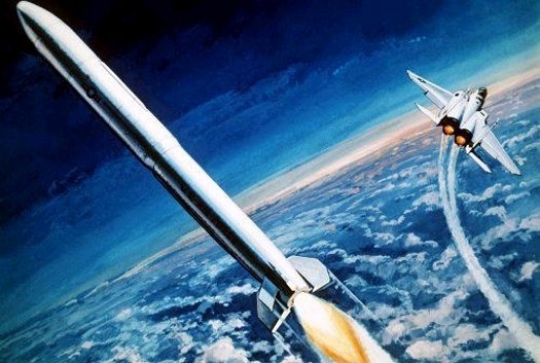Lt. Gen. Ellen Pawlikowski, who oversees satellite procurement for the Air Force at the Space and Missile Systems Center in Los Angeles, says that a classified satellite will carry the so-called Self-Awareness Space Situational Awareness (SASSA) payload on a forthcoming mission. She declined to identify the satellite, its owner or launch date owing to security concerns. She made her comments Sept. 20 during a talk with reporters at the annual Air Force Association conference outside Washington.
Though a seemingly small step, this could be a sign of a major shift in satellite developments and future ops.
SASSA is designed to alert operators of potential threats to a satellite. The program grew out of concern that satellites in orbit were effectively flying blind because there is insufficient situational awareness of objects in space and their capabilities. This issue has become more worrisome for leaders in light of the 2007 anti-satellite test by China and occasional radio-frequency interference experienced by operators in orbit.
“Space protection is a big problem for us,” says Gen. William Shelton, who oversees Air Force Space Command. He notes that because of the vastness of space, offensive operations are easier than defensive ones. Furthermore, he notes that the timelines to act on warnings are tight, limiting the options for operators to take evasive or protective measures.
Kinetic anti-satellite threats are more prevalent for satellites operating in low-Earth orbit; many of the National Reconnaissance Office’s imagery collectors operate there. However, Air Force leaders worry about a direct-ascent ASAT threatening satellites in the mid-orbits or on the geosynchronous belt.
Shelton, however, appeared to be disputing the assessment of former National Reconnaissance Director Donald Kerr that at least one U.S. spy satellite’s optics had been temporarily compromised by a laser. “There is some debate on that,” Shelton said.
The Air Force competed work on a SASSA design, and Assurance Technologies beat out Lockheed Martin for the development program. Gary Payton, former assistant secretary of the Air Force for space, likened the SASSA box to a radar warning receiver for satellites.
by "environment clean generations"






 Posted in:
Posted in:
0 comentarii:
Post a Comment